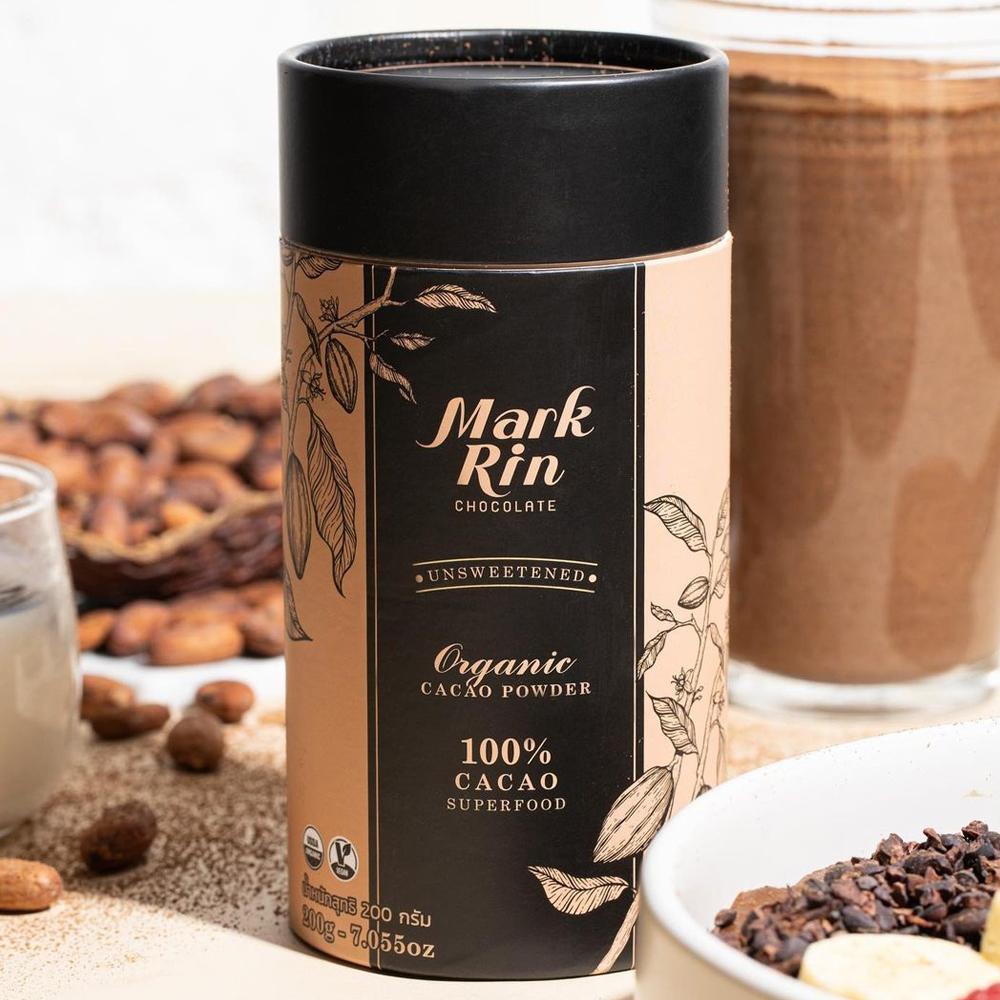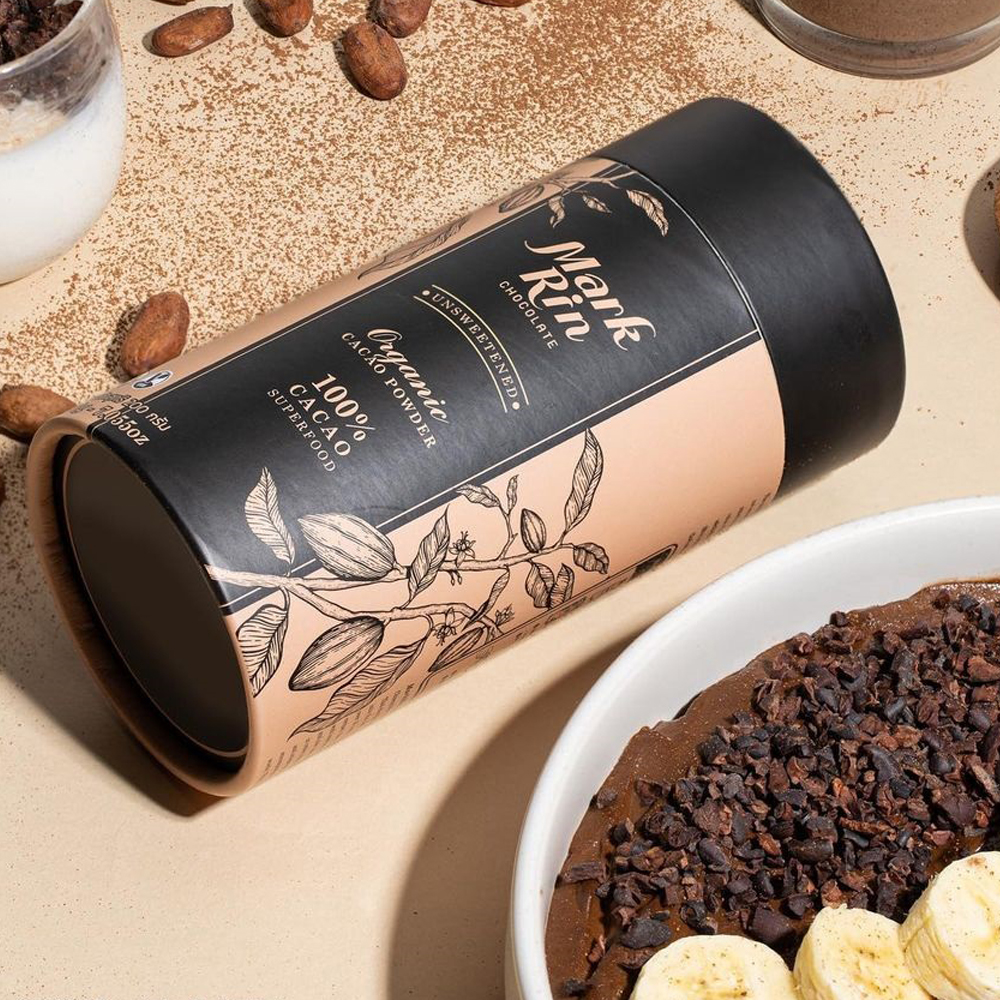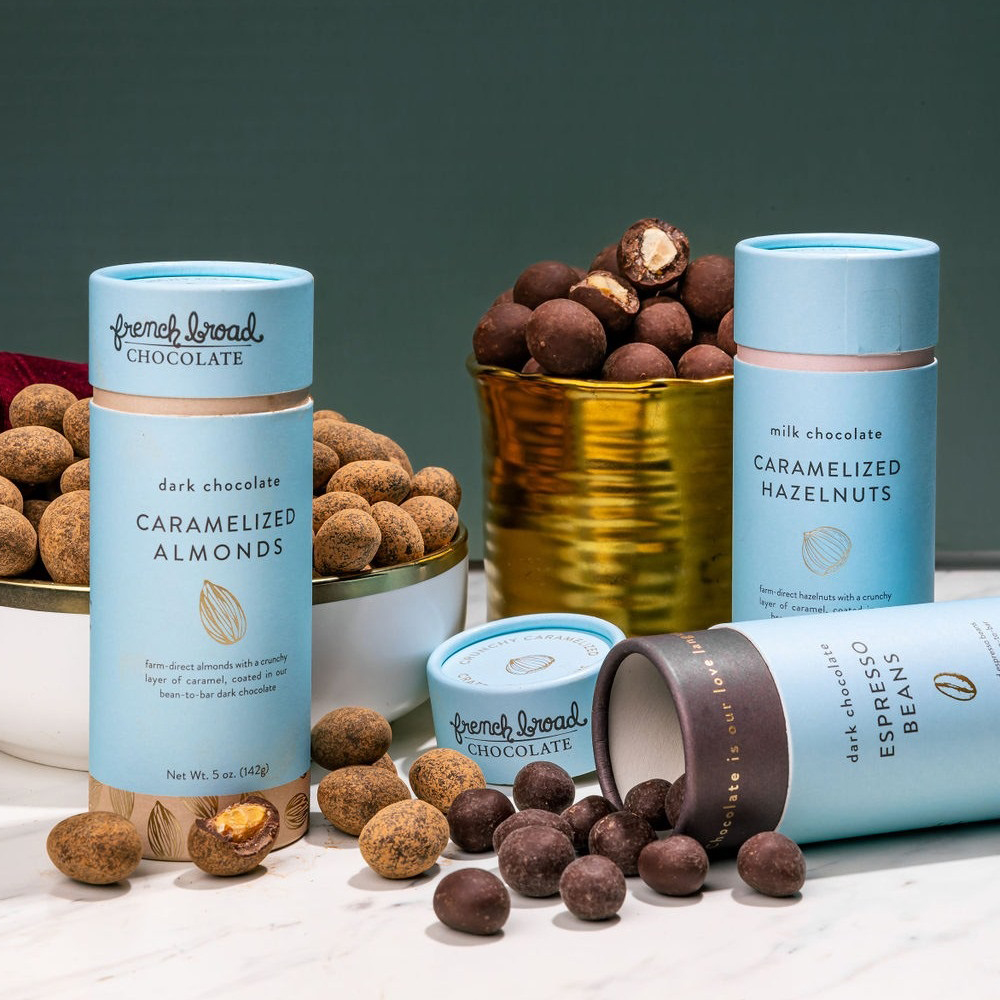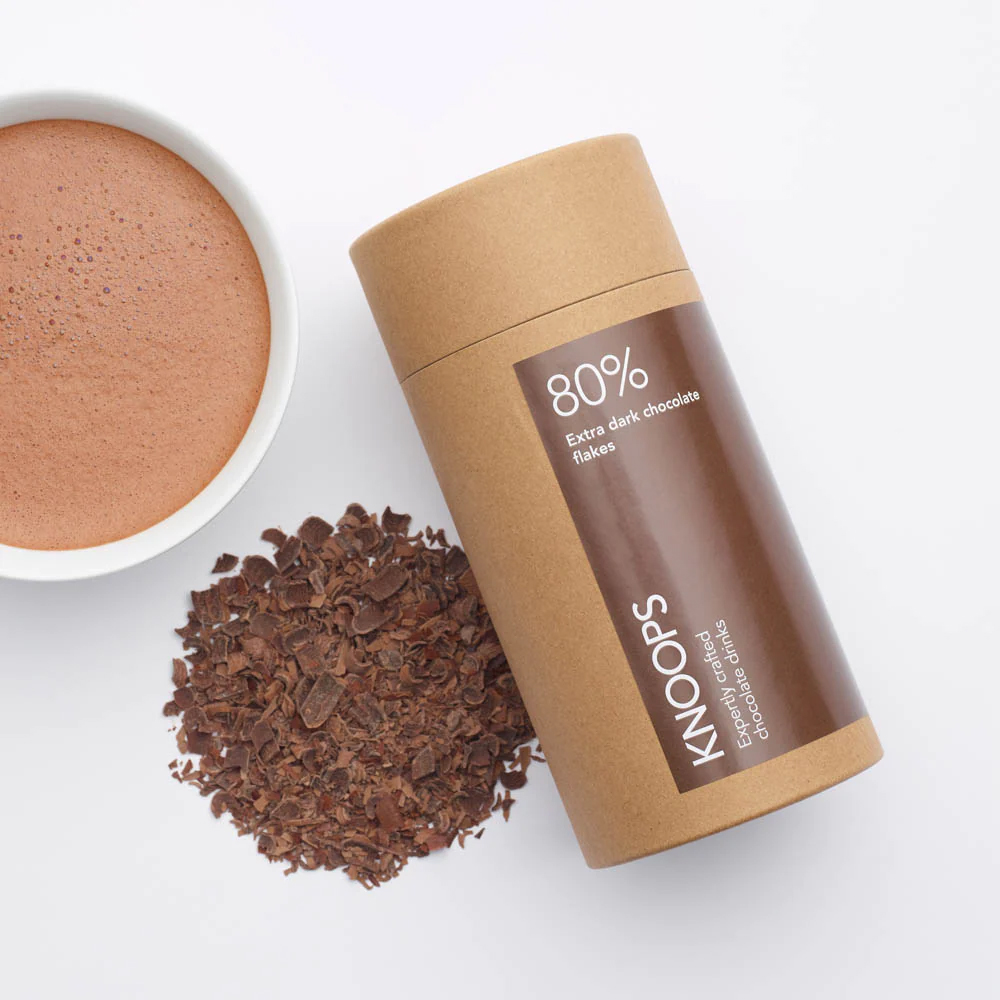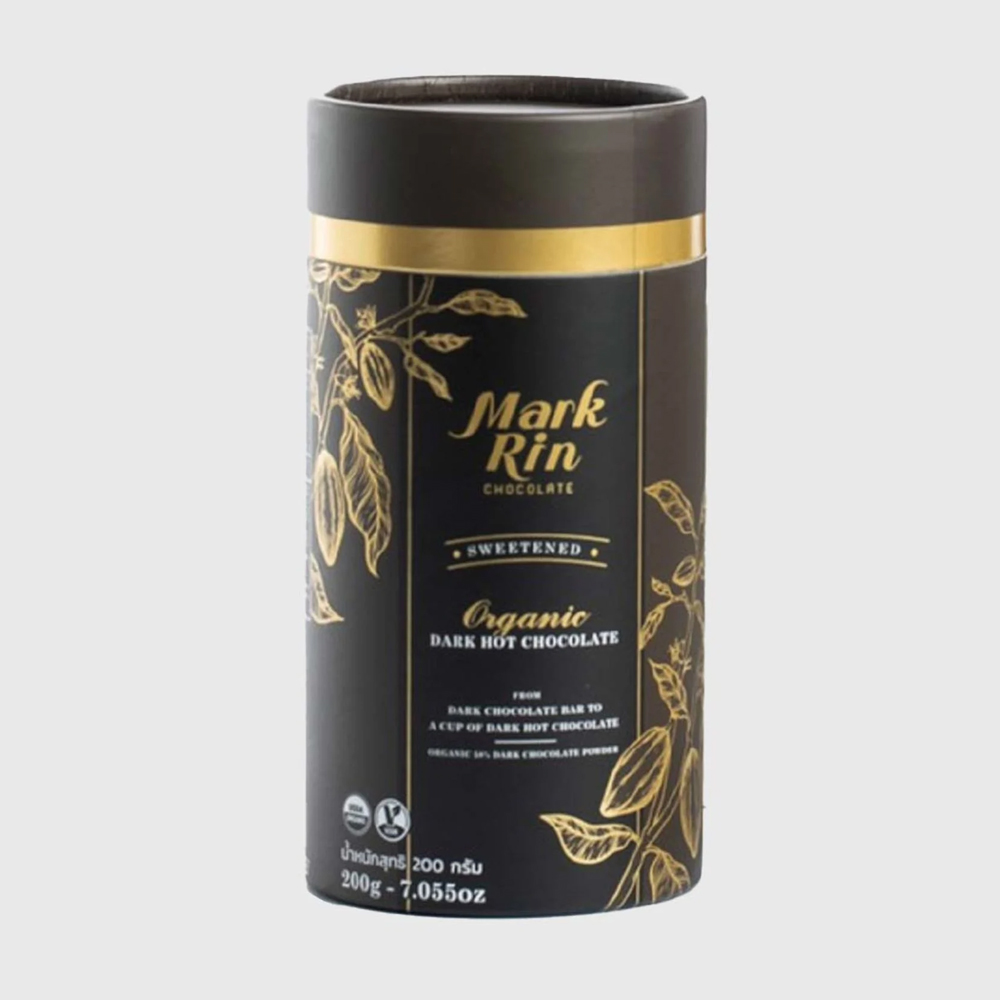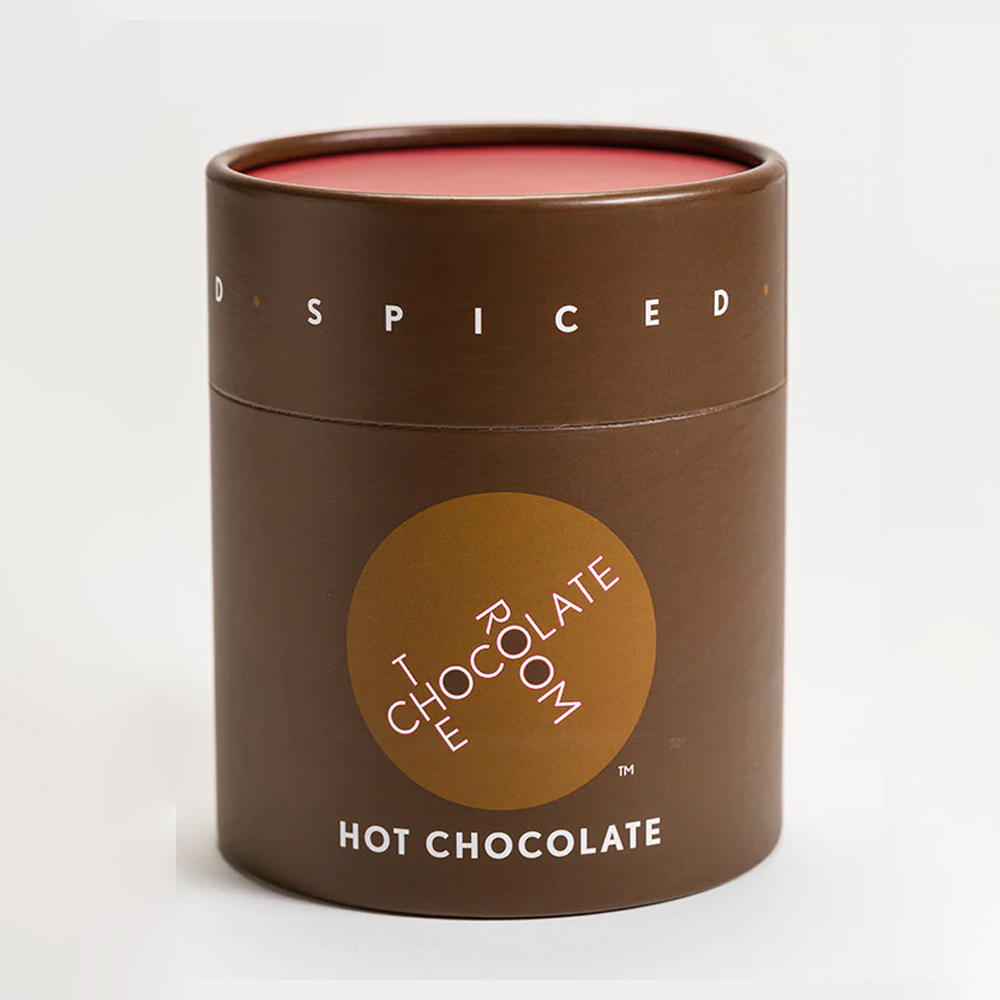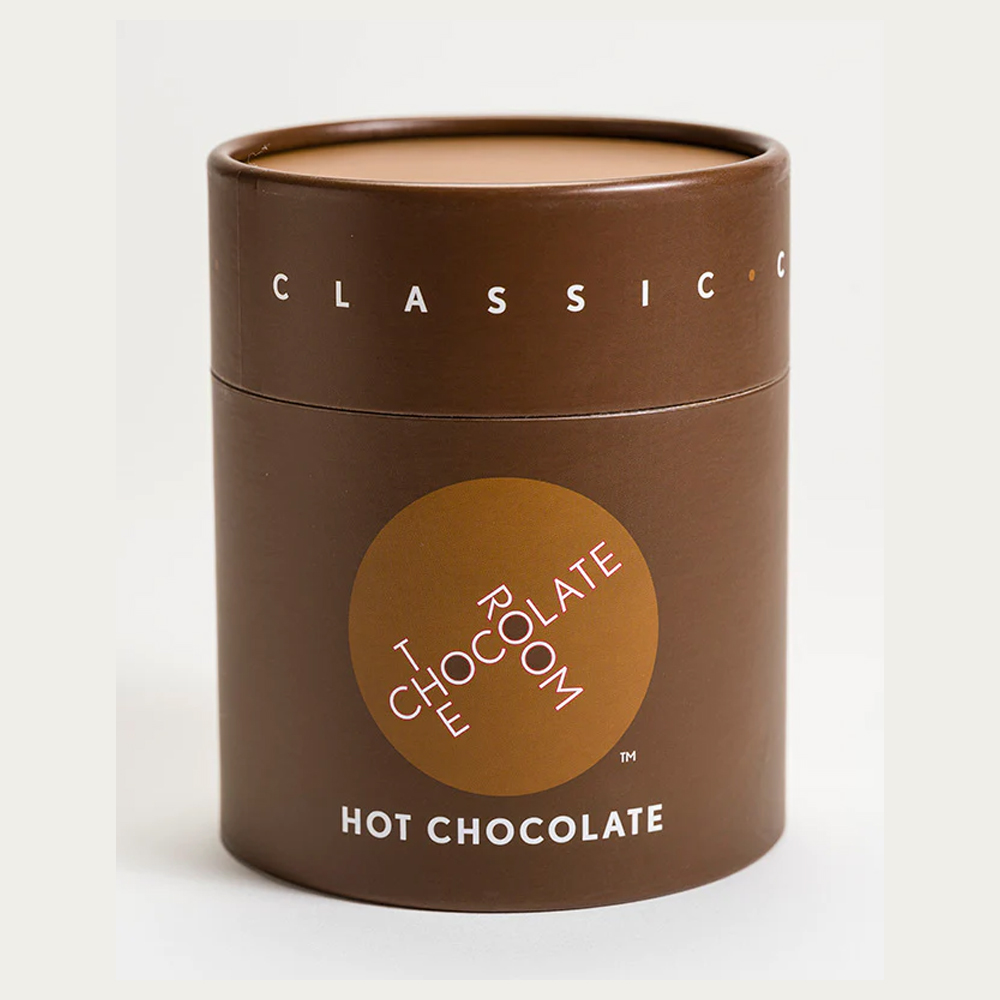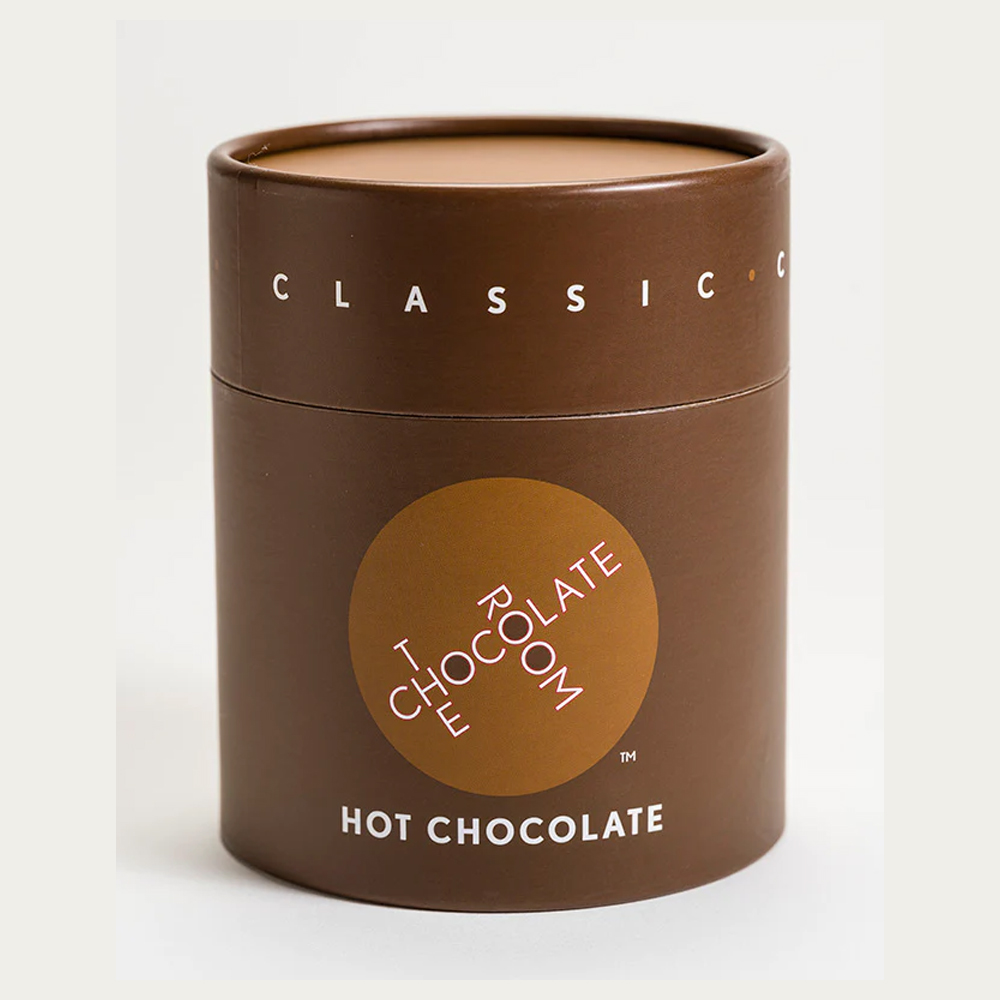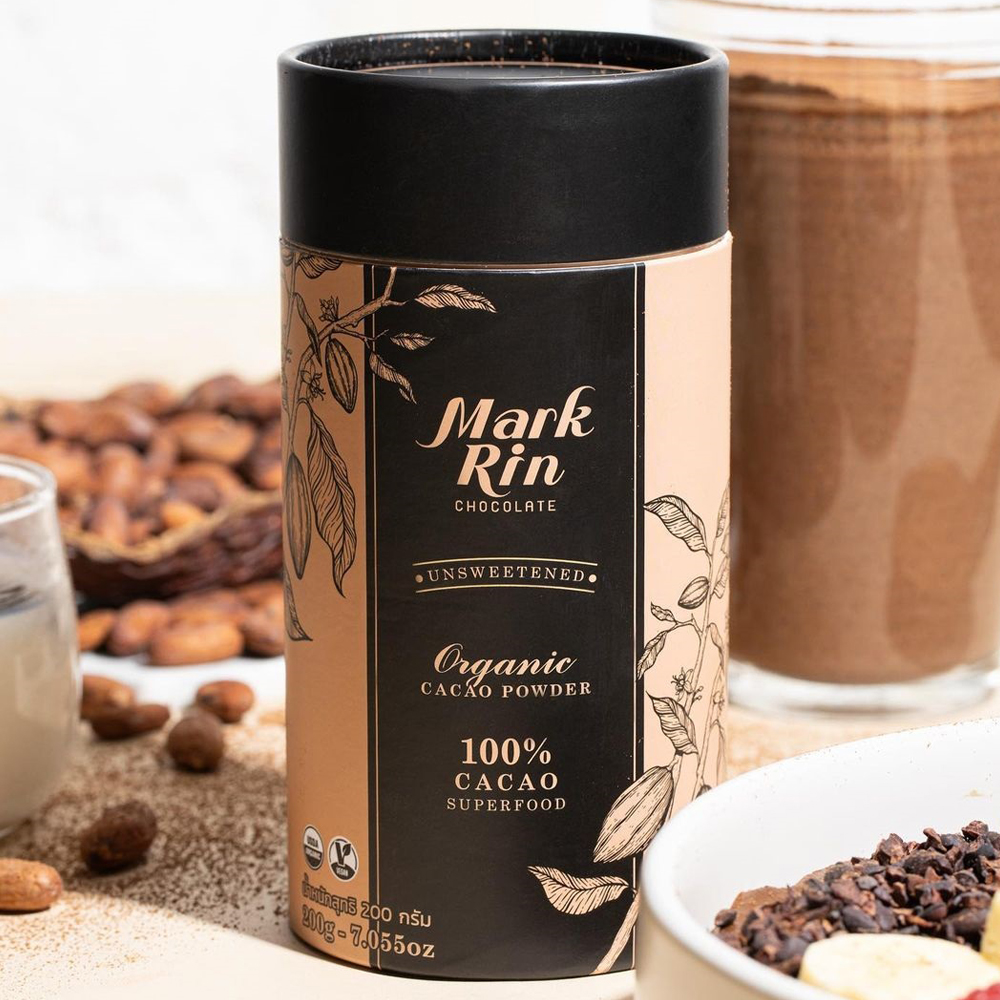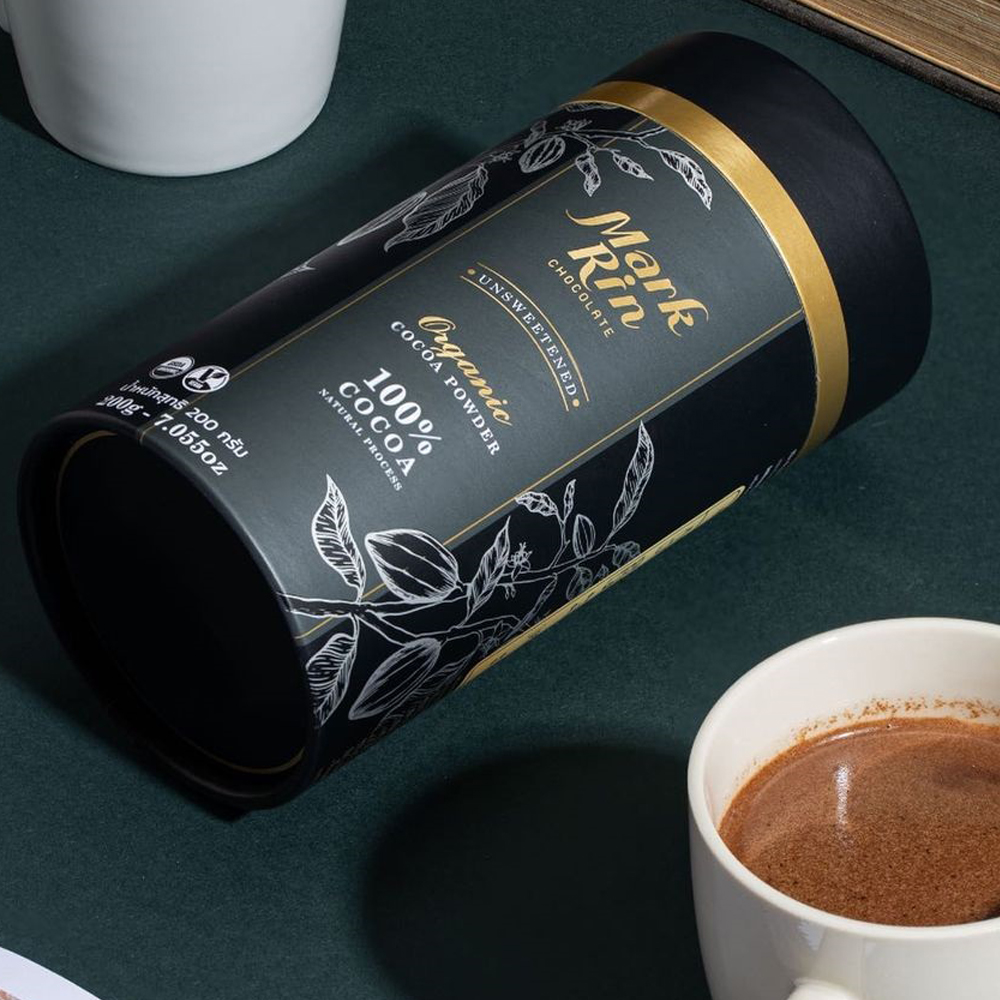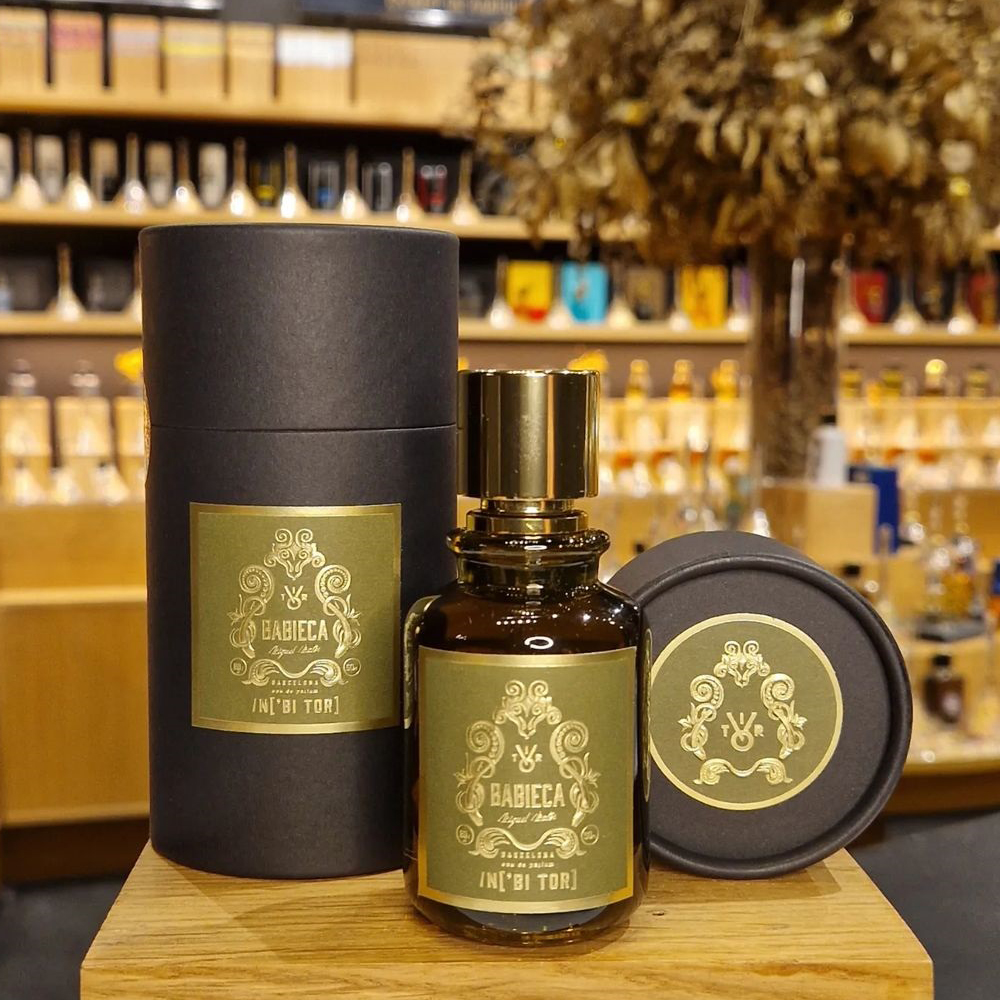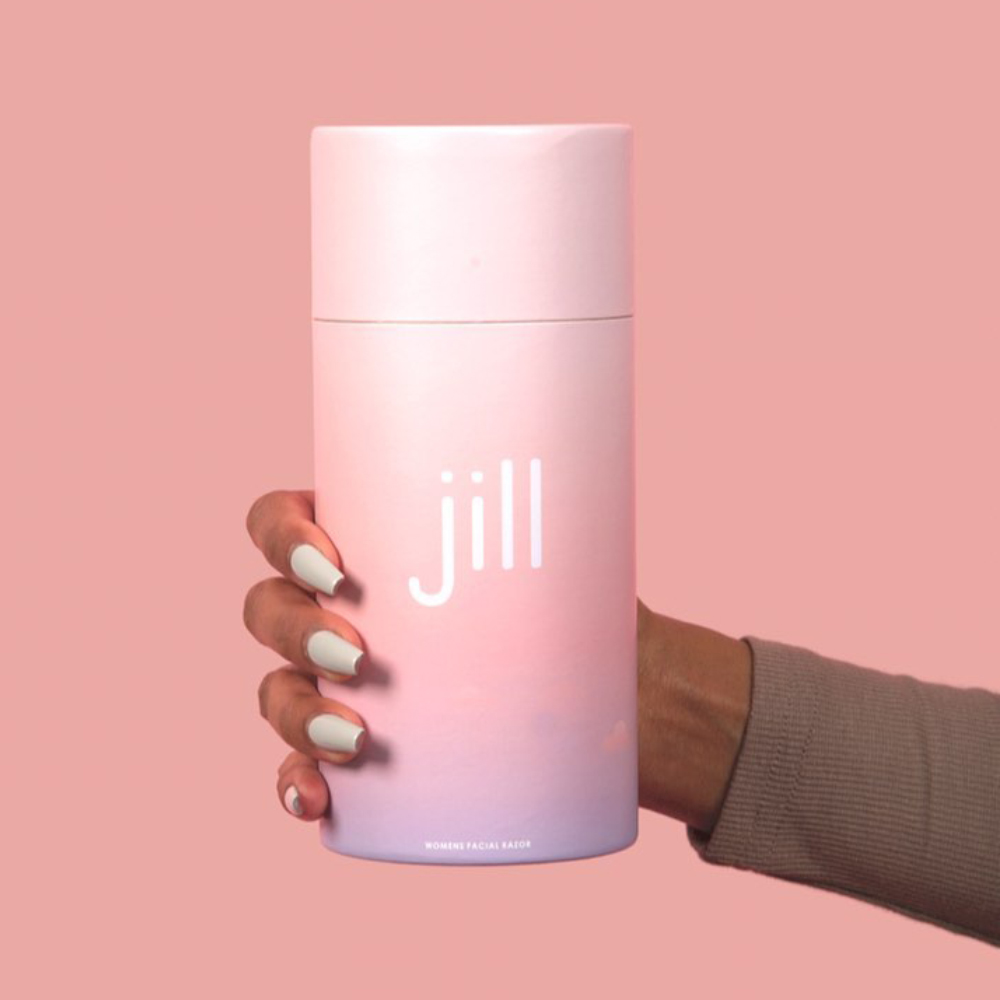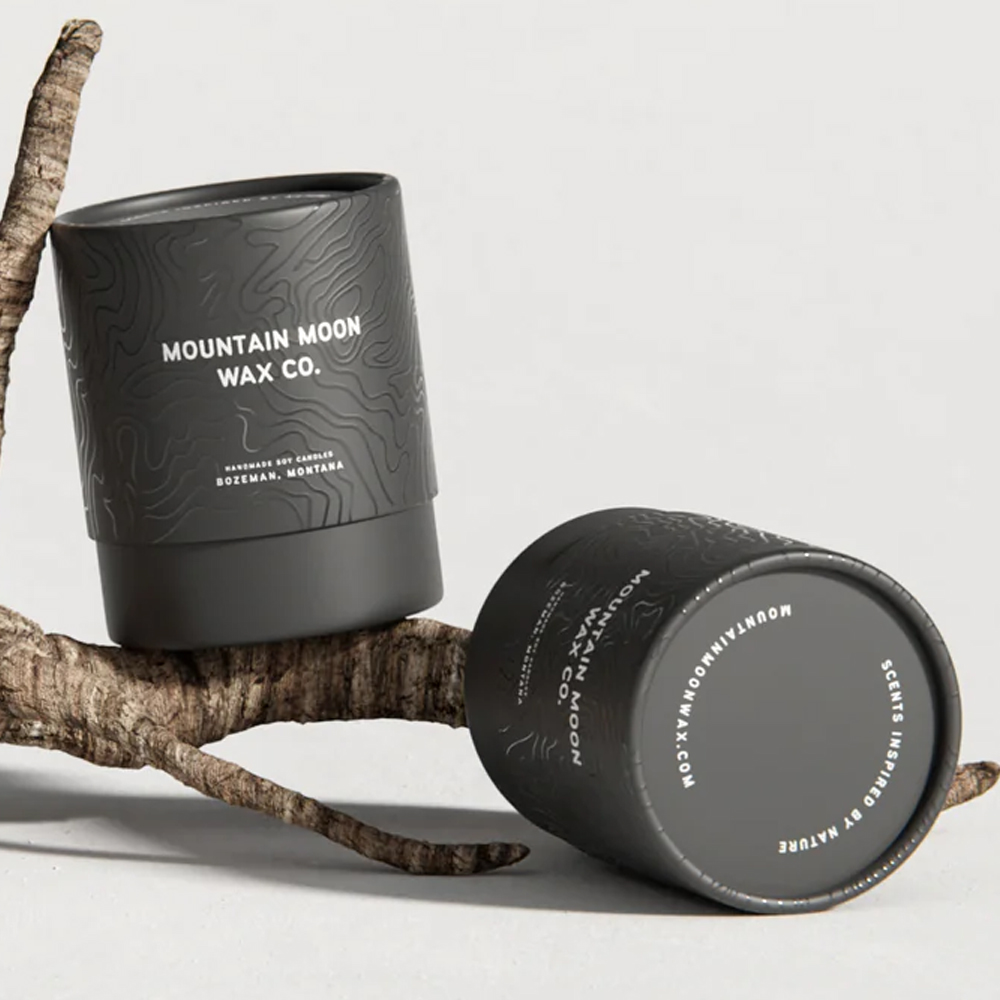Product Introduction
7 Different Hot Chocolate Powder Packaging Options
Chocolate, a beloved dessert derived from the intricate process of grinding cocoa beans, exists in both solid and liquid forms, captivating people of all ages. The production journey from cocoa beans to chocolate involves fermentation, drying, washing, baking, grinding, heating, liquefaction, and other complex steps, resulting in the creation of the most basic chocolate slurry.
Ensuring the optimal storage conditions for finished chocolate is crucial. Ideally, temperatures between 15 and 17 degrees Celsius, with humidity below 50%, create the best storage environment. A cool and dry place is recommended, while refrigeration during hot and humid summers is acceptable. However, it is essential to note that chocolate's inherent characteristics make it prone to absorbing odors from other objects. Therefore, sealed and isolated storage is necessary to preserve the purity of chocolate's unique aroma.
1. Packaging Requirements for Chocolate:
1.1 Oxygen Barrier
Excessive exposure to oxygen can lead to chocolate oxidation, resulting in an undesirable taste. White and milk chocolates, rich in dairy and low in cocoa, are more vulnerable to oxidation than dark chocolate.
1.2 Moisture Resistance
In humid conditions, chocolate sugar dissolves, leading to recrystallization and white particles on the chocolate surface, known as frosting. High moisture barrier packaging reduces these occurrences and preserves chocolate integrity.
1.3 Low-Temperature Heat Sealing
Chocolate is prone to melting at high temperatures. Using high-temperature heat sealing may cause the chocolate near the seal to melt, affecting the cleanliness of the packaged product.
1.4 Good Airtightness
Airtight packaging is a fundamental requirement for all food packaging. Poor airtightness can allow air and moisture to penetrate, impacting the long-term quality and taste of chocolate.
2. Common Chocolate Packaging Materials:
2.1 Aluminum Foil Packaging
Many manufacturers choose aluminum foil for its protective qualities, preventing chocolate from staining, irrespective of its size or shape. While slightly more expensive, it is widely accepted for high-end chocolates that often receive additional packaging for enhanced sales appeal.
2.2 PET Packaging
With advancements in chocolate technology and cocoa farming, traditional plastic packaging has become more acceptable for mass-produced chocolate. Adjustments in additives and ingredients have made traditional plastic, specifically PET packaging, suitable for chocolate.
2.3 PET Aluminized Packaging
PET aluminized packaging, a widely used solution in recent years, involves multi-layer films with aluminum and other metals. Adjusting the proportions of these materials enhances packaging characteristics. This type of packaging is suitable for various chocolates, and some manufacturers use it in a bag-in-bag format.
To demonstrate packaging chocolate using HFFS (Horizontal Form-Fill-Seal), a versatile packaging solution applicable in bakery, candy, and other industries, a video is provided below. This cost-effective solution is particularly suitable for inexpensive chocolate products.
In conclusion, the evolution of chocolate packaging reflects a balance between preserving the delicate nature of the product and meeting diverse consumer preferences. The variety of packaging materials, from aluminum foil to PET options, showcases the industry's adaptability to technological advancements and changing market demands. Essential considerations, such as oxygen barrier, moisture resistance, low-temperature heat sealing, and airtightness, emphasize the meticulous approach required to maintain chocolate quality. As the video demonstrates the use of Horizontal Form-Fill-Seal technology, it underscores the cost-effective and versatile solutions available for packaging, catering to a range of chocolate products in the modern market.
 English
English Español
Español Português
Português Pусский
Pусский Français
Français Deutsch
Deutsch 日本語
日本語 한국어
한국어 Italiano
Italiano عربى
عربى
